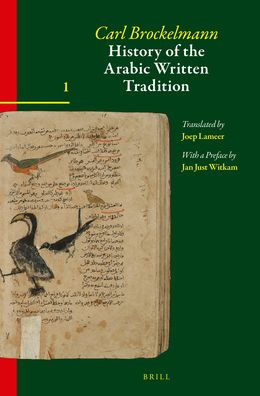5
1
9789004323308


History of the Arabic Written Tradition Volume 1 available in Hardcover

History of the Arabic Written Tradition Volume 1
- ISBN-10:
- 9004323309
- ISBN-13:
- 9789004323308
- Pub. Date:
- 11/17/2016
- Publisher:
- Brill Academic Publishers, Inc.
- ISBN-10:
- 9004323309
- ISBN-13:
- 9789004323308
- Pub. Date:
- 11/17/2016
- Publisher:
- Brill Academic Publishers, Inc.
210.0
In Stock

Product Details
| ISBN-13: | 9789004323308 |
|---|---|
| Publisher: | Brill Academic Publishers, Inc. |
| Publication date: | 11/17/2016 |
| Series: | Handbook of Oriental Studies. Section 1 The Near and Middle East , #117 |
| Edition description: | Bilingual |
| Pages: | 594 |
| Product dimensions: | 6.10(w) x 9.30(h) x 1.50(d) |
About the Author
From the B&N Reads Blog
